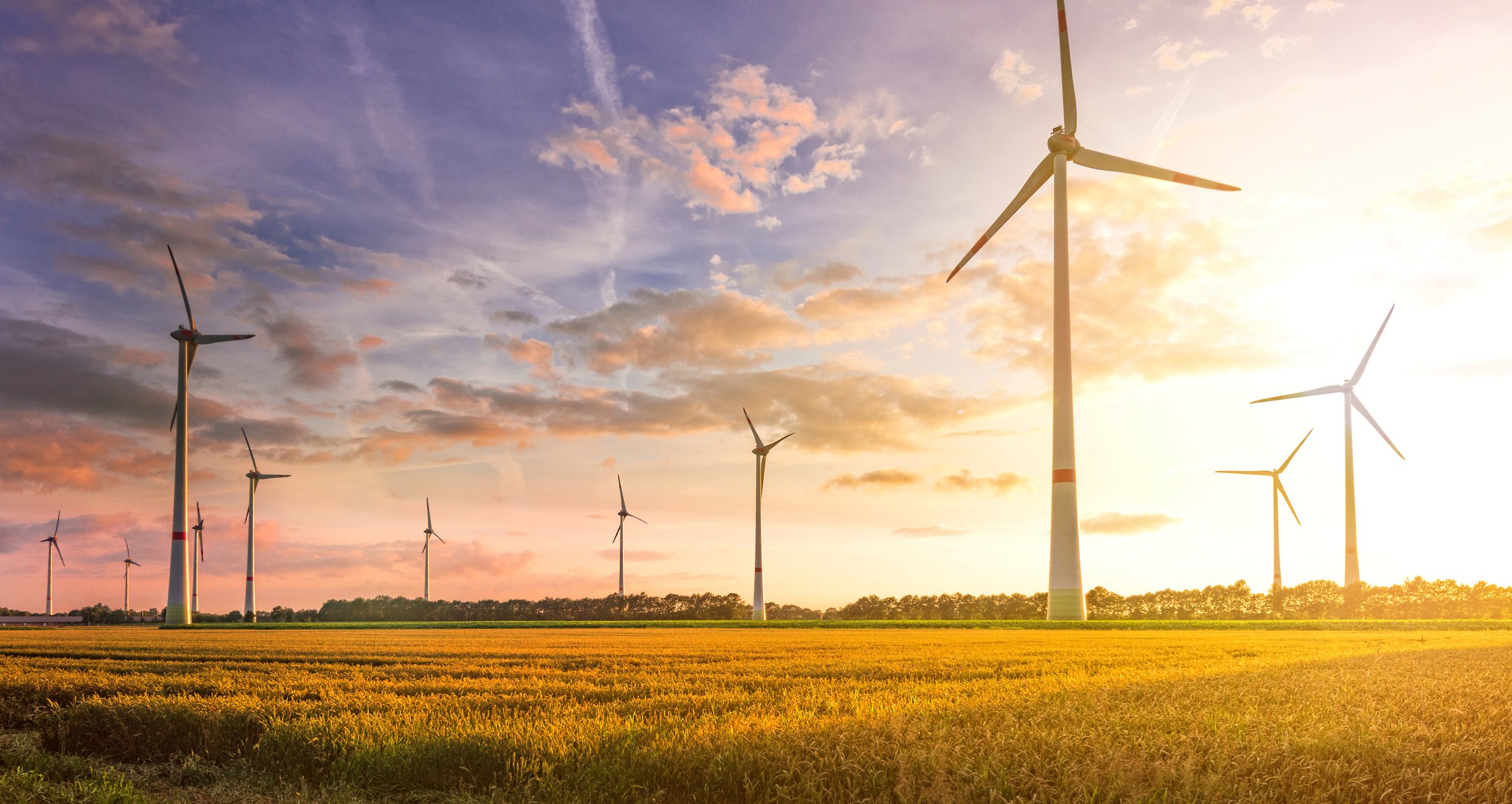Renewable energy has been growing at breakneck speed over the past few years. In the last decade, for example, solar power installations in the U.S. have increased by a 68% annual growth rate. Meanwhile, electricity generated by wind has risen 200% in the past five years.
However, even after all that growth, the renewable power industry is just scratching the surface of its potential, as accelerating climate change worries and rapidly falling costs have the potential to power continued fast-paced expansion in the coming years. That's growth I don't want to miss, which is why I recently added wind and solar power operator TerraForm Power (TERP +0.00%) to my portfolio. While the renewable company has struggled to covert its rapidly growing platform into value for investors, that appears poised to change in the coming years after renowned value creator Brookfield Asset Management (BAM 0.04%) took a controlling stake in TerraForm last year.

Image source: Getty Images.
A change at the top
TerraForm Power has burned investors over the years, incinerating nearly 65% of its value since completing an IPO in 2014. That's mainly because its former parent company was more focused on growing TerraForm's size than increasing shareholder value. One piece of evidence for this is the boatload of new shares and mounds of debt the company issued to finance wind and solar power plant acquisitions. While these deals quickly grew the company's size, cash flow didn't increase quite as fast. Because of that, TerraForm and its former parent eventually ran out of resources. That ultimately forced TerraForm's parent to file for bankruptcy, while TerraForm eliminated cash distributions to investors so it could get its financial situation back on solid ground.
However, that event opened the door for Brookfield Asset Management to work its magic. The company has a long history of creating value for investors, with its renewable power arm Brookfield Renewable Partners (BEP +0.00%), for example, delivering 15% annualized total returns over the past 17 years, which has outpaced the 6% total annualized return of the S&P 500 over that time frame. Brookfield wants to generate that same level of outperformance with TerraForm by focusing on growing value over increasing the size of the company.
Growing value and not a renewable empire
One way Brookfield plans to create value for TerraForm Power investors is by resuming cash distributions in 2018, with the company aiming to send about 80% to 85% of the cash flow generated from its renewable energy portfolio back to investors going forward. While that's down from the more than 90% it had been paying out before suspending the dividend, it still works out to a roughly 6.3% yield based on the current share price and the expected dividend level for this year.
In addition to that, Brookfield wants TerraForm to squeeze more cash flow out of its existing asset base. For 2018, the company expects to cut $10 million in costs by optimizing its workforce and streamlining some processes. Meanwhile, the company believes it can reduce expenses by $15 million in the next three years by replacing legacy maintenance contracts with lower priced ones. These margin improvements alone should enable the company to increase its dividend by a 6% compound annual rate through 2020.

Image source: Getty Images.
Setting a higher standard
In addition to the internal improvement in cash flow, TerraForm Power plans on using the 15% to 20% of cash flow that it retains to invest in high-return expansion projects, with its aim that these investments will generate a 10% cash flow yield. That's a higher return hurdle than the company earned on investments with its former parent since some of its acquisitions had cash yields below 9%. By raising the bar, TerraForm can create more value for investors since future investments will generate higher returns.
TerraForm also plans to use its improving financial position and the support of Brookfield to make value-based acquisitions. In fact, Brookfield gave it the right-of-first-refusal on an extensive pipeline of opportunities, as well as a $500 million credit facility to finance future deals. However, like the internal expansions, the company set a high standard that acquisitions also need to come with a 10% cash yield. That said, because of those higher returns, it won't take much to move the needle, with TerraForm estimating that it would only have to issue about $100 million in new stock to finance the acquisitions needed to support 6% annual dividend growth through 2022. Meanwhile, it could grow the payout at an even faster rate if it makes additional high-return acquisitions.
The formula for market-beating returns
Brookfield's turnaround strategy positions TerraForm Power to provide investors with a high 6% yield that should grow at a healthy 5% to 8% annual rate over the next several years. Add it up, and TerraForm Power's base plan can generate 11% to 14% total annual returns, which has the potential to outpace the market over the long term. Meanwhile, there's ample upside to that plan if the company can make some needle-moving acquisitions that also meet its high standards, which is increasingly likely given how fast the industry is expanding. That potential to earn market-topping returns is why I wanted this high-yielding renewable energy stock in my portfolio.






